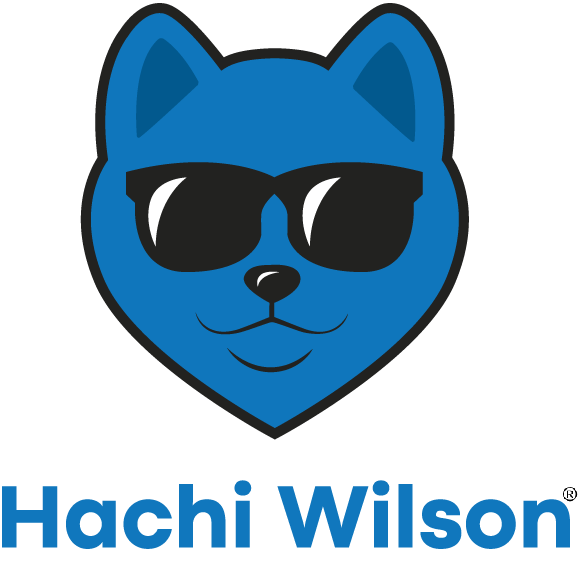Have you ever watched your pet’s eyes light up when you fill their bowl? It’s one of those small, magical moments that remind us why pets are family. But have you ever wondered if what’s in that bowl is truly the best for them? Choosing healthy food for pets isn’t just about keeping them full — it’s about giving them a life full of energy, joy, and fewer vet visits.
In a world overflowing with options, choosing healthy food for pets can feel overwhelming. Let’s dive into a heartfelt journey where we explore what it really means to feed our furry companions right — no confusing jargon, just pure love and facts that matter.
What Does It Mean to Choose Healthy Food For Pets?
Choosing healthy food for pets means picking foods that offer complete and balanced nutrition, support their life stage (puppy, adult, senior), and cater to their specific needs. It’s not about grabbing the fanciest bag on the shelf; it’s about understanding ingredients, nutritional values, and how they impact your pet’s health.
Healthy food for pets usually includes high-quality proteins, wholesome grains or vegetables, essential fatty acids, vitamins, and minerals — without fillers, artificial additives, or harmful by-products.
Just like humans feel better with real, nourishing food, pets thrive on meals made with genuine care.
Why Choosing Healthy Food For Pets Matters
Think about your pet’s wagging tail or soothing purr. Now imagine giving them a longer, happier life just by switching to better food.
Choosing healthy food for pets can:
- Boost their immune system.
- Support better digestion.
- Maintain shiny coats and healthy skin.
- Promote strong bones and muscles.
- Help manage weight and prevent obesity.
- Reduce the risk of chronic diseases like diabetes, arthritis, and heart conditions.
In short, it’s one of the greatest gifts you can give to them.
How Poor Nutrition Impacts Your Pet’s Life
Imagine eating nothing but fast food for every meal. You’d feel sluggish, sick, and unhappy, right? Pets experience the same thing with poor-quality diets.
Signs of poor nutrition in pets include:
- Low energy levels.
- Dull, flaky coats.
- Frequent digestive issues.
- Allergies and skin irritations.
- Weakened immune responses.
Feeding your pet a balanced, nutrient-rich diet is essential for their well-being and quality of life.
Understanding Pet Food Labels: What to Look For
Labels can be tricky, but they hold the truth. Here’s a simple guide:
- First Ingredients: Look for real meat (like chicken, beef, or salmon) as the first ingredient.
- No Fillers: Avoid foods that list corn, wheat, soy, or meat by-products as primary ingredients.
- Whole Foods: Look for recognizable foods like sweet potatoes, blueberries, and brown rice.
- Guaranteed Analysis: Check for proper percentages of protein, fat, fiber, and moisture.
Pro Tip: If you can’t recognize half the ingredients, neither can your pet’s body.
Fresh, Raw, or Kibble: Which Is Best?
Choosing between fresh, raw, or dry kibble depends on your pet’s needs, your lifestyle, and your budget.
- Fresh Food: Delivered meals (like NomNom or The Farmer’s Dog) are cooked fresh, human-grade, and tailored to your pet.
- Raw Food: Raw diets (like BARF) offer unprocessed nutrition but require careful handling to avoid bacteria.
- Kibble: Convenient and affordable but make sure it’s high-quality, with minimal fillers.
Each option has pros and cons, but the goal remains the same: Choose healthy food for pets that suits their unique requirements.
Homemade Pet Food: Is It a Good Idea?
Some pet owners prefer cooking for their pets to control every ingredient. While it’s a loving choice, it needs to be done right.
Important tips:
- Always balance protein, fat, and carbs.
- Consult a veterinarian or pet nutritionist.
- Avoid toxic foods like onions, garlic, chocolate, grapes, and avocados.
Homemade meals can be fantastic but require commitment and knowledge.
The Role of Breed, Age, and Lifestyle
Just like kids need different nutrition than adults, pets’ needs change over time.
- Puppies and Kittens: Need extra calories, protein, and DHA for brain development.
- Adult Pets: Balanced maintenance diets to support active lifestyles.
- Senior Pets: Lower-calorie diets with joint support supplements.
- Working Dogs: High-energy, protein-rich diets.
- Indoor Cats: Lower fat and higher fiber to prevent weight gain.
Breed size also matters. A Chihuahua’s needs differ vastly from a Great Dane’s!
Signs You Are Feeding the Right Food
How do you know if your choice is working? Watch for these happy signs:
- Bright eyes and a shiny coat.
- Consistent energy levels.
- Healthy weight.
- Normal, firm stools.
- A generally happy, playful demeanor.
Choosing healthy food for pets isn’t just a checklist — it’s visible in their daily joy.
Transitioning to Healthier Food Without Stress
Switching foods can upset a pet’s stomach if done abruptly. Here’s the safe way:
- Day 1-3: 75% old food, 25% new food.
- Day 4-6: 50% old food, 50% new food.
- Day 7-9: 25% old food, 75% new food.
- Day 10: 100% new food.
Myth-Busting: Common Misconceptions About Pet Food
Let’s clear up a few myths:
- “Grain-free is always better.” Not necessarily. Some pets thrive on grains like brown rice and oats.
- “All store brands are bad.” Some supermarket brands offer excellent, healthy options.
- “Raw food is dangerous.” Only if mishandled. Many pets flourish on properly prepared raw diets.
Knowledge is power. Choosing healthy food for pets means making informed, not impulsive, decisions.
Choose Healthy Food For Pets – Frequently Asked Questions
1. What is the healthiest food for my pet?
The healthiest food meets your pet’s specific needs, is free from harmful fillers, and contains real, wholesome ingredients.
2. How can I tell if my pet’s food is healthy?
Look for real meat as the first ingredient, no artificial additives, and a proper balance of protein, fats, and carbs.
3. Can I mix homemade and commercial food?
Yes, but do it thoughtfully. Ensure overall balance and consult your vet.
4. Are grain-free diets better?
Not always. Some pets benefit from grains for fiber and energy. Always choose based on your pet’s individual health.
5. Should I change my pet’s food as they grow older?
Absolutely. Pets’ nutritional needs change with age, activity level, and health conditions.
6. What foods should I never give my pet?
Avoid chocolate, onions, garlic, grapes, raisins, avocado, alcohol, and xylitol.
7. How often should I feed my pet?
Most adult pets do well with two meals a day. Puppies, kittens, and some small breeds may need more frequent feeding.
8. Is raw food better than kibble?
8. Is raw food better than kibble?
It depends on your pet’s needs and how the raw food is handled. Both can be healthy if properly sourced and prepared.
Conclusion: Love Them Through Their Bowl
Your pet trusts you completely — to play, protect, and feed them right. Choosing healthy food for pets isn’t just a health decision; it’s an act of pure love. Whether you choose fresh, raw, kibble, or homemade, always prioritize quality, balance, and the unique needs of your furry friend.
A healthy pet is a happy pet, and nothing beats the joy of seeing them thrive because of the love and care you put into every single meal.
You May Also Like




